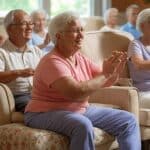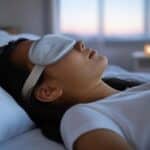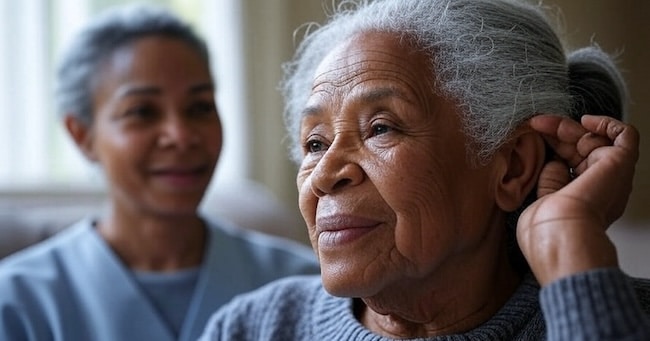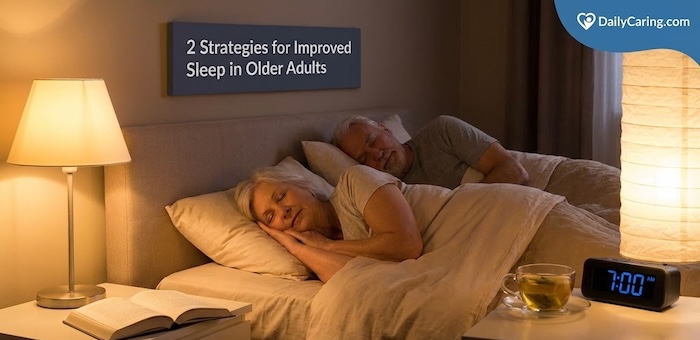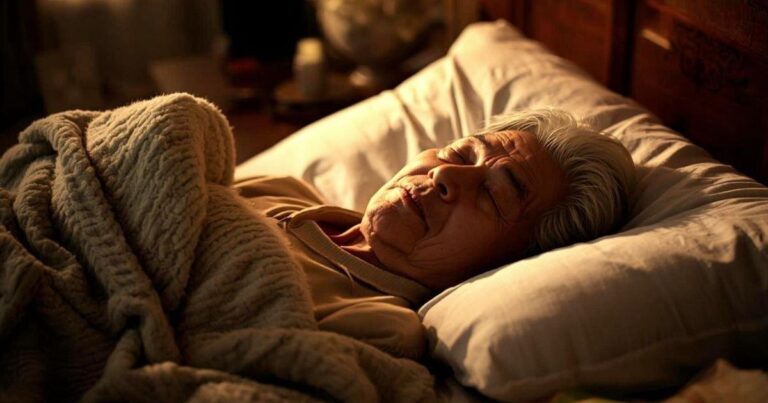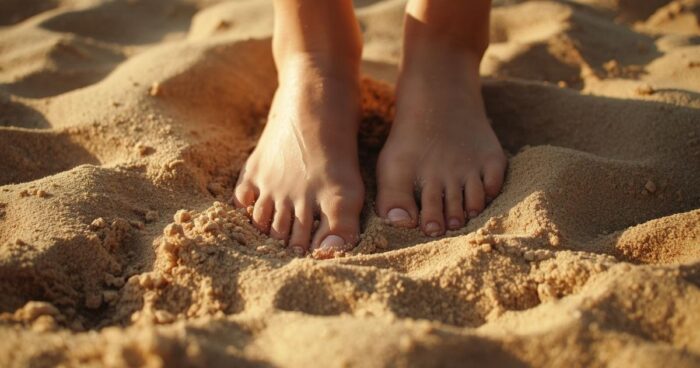
Athlete’s foot makes older adults suffer
Even though you may want to avoid the issue, athlete’s foot can be stubbornly persistent and affect your loved one’s quality of life. Honestly, how happy could anyone be if their feet are burning with itchiness?
Why do older adults get athlete’s foot?
Unfortunately, this condition is common among older adults. Fungal and bacterial conditions thrive on elderly feet because older adults are less able to keep their feet clean and dry.
It’s also much easier for germs to take hold in their overly dry, cracking skin. Symptoms include severe or persistent itching, redness, swelling, or pain.
Why Older Adults Are at Higher Risk
- Weakened immune system: As people age, the body’s defenses against infection slow down, which makes it harder to fight off fungal and bacterial growth.
- Poor circulation: Conditions like diabetes or vascular disease reduce blood flow to the feet, which slows healing and makes infections more likely.
- Tight or synthetic shoes/socks: Shoes that don’t allow air flow or socks made from non-breathable fabrics trap heat and moisture — the perfect environment for fungus.
- Shared living environments: In senior housing, rehab, or assisted living settings, using communal showers or walking barefoot in common areas raises the risk of spreading athlete’s foot.
Eliminate athlete’s foot with four daily steps
*DailyCaring may receive commissions for purchases made through links in this article.
- Clean: Teach your older adult to thoroughly clean their feet, including between the toes. Consider this highly rated tea tree oil soap
. Make sure they’re in a safe position first to avoid falls!
- Dry: Dry feet thoroughly, especially between toes, bacteria will thrive on damp or moist feet.
- Medicated Cream: Apply an over-the-counter or prescription medicated cream for athlete’s foot all over the foot and sparingly between the toes.
- Moisturize: After 10-15 minutes, when the medicated cream sinks in, apply a good moisturizer like Flexitol Heel Balm to keep skin from drying out.
Additional tips for healthy feet
Wear open-toe slippers at home
Avoid wearing socks and shoes as much as possible since that keeps feet warm and moist – perfect conditions for fungus!
For home, we like these inexpensive, adjustable, open-toe slippers with closed backs. They’re comfortable, won’t slip off the foot, and allow toes and feet to breathe. Try this style for men or this style for women.
Disinfect socks
One method for keeping athlete’s foot from flaring up is to soak socks in water with a splash of Pine Sol after wearing.
An anti-fungal disinfectant like Pine Sol helps kill any athlete’s foot fungus left in the sock fibers. After soaking for a while, wash the socks as usual. Washing with hot water and a hot dryer also helps to kill germs.
Clean shoes
It’s also helpful to clean your older adult’s shoes because the fungus can also live inside the shoe. Each time they wear those shoes, they could reintroduce the fungus to their feet. Wipe the shoe insides with Pine Sol or spray thoroughly with Lysol.
How to Prevent Athlete’s Foot
- Wear breathable socks: Cotton or moisture-wicking socks keep feet drier than nylon or polyester. These fabrics reduce sweat buildup.
- Change socks daily: Fresh, dry socks cut down on moisture. For those with sweaty feet, changing them twice a day may be helpful.
- Rotate shoes: Give each pair at least 24 hours to dry out before wearing them again. This prevents fungus from growing inside damp shoes.
- Don’t share personal items: Towels, shoes, and nail clippers can carry fungus from one person to another. Each person should have their own set.
- Use antifungal powders: A light dusting of antifungal foot powder before socks and shoes adds another layer of protection by absorbing moisture and killing spores.
When to See a Doctor
- Spreading redness or swelling: This may be a sign that the infection is moving deeper into the skin.
- Pus, drainage, or odor: Indicates a possible bacterial infection on top of the fungal one, which needs medical treatment.
- Fever or feeling sick: Athlete’s foot alone doesn’t cause fever — this could signal something more serious, like cellulitis.
- No improvement in 2–3 weeks: If over-the-counter creams and home care don’t help, a prescription-strength medication may be necessary.
In Summary
Although athlete’s foot is common and uncomfortable, it doesn’t have to be a long-term problem.
With good daily care, preventive habits, and timely medical attention when needed, seniors can stay comfortable and reduce the risk of reinfection. Healthy feet help maintain independence, mobility, and quality of life.
You might also like:
— Solve Foot Pain with Adaptive Shoes for Seniors
— Elderly Foot Care Products That Work
— Q & A: Why Do Seniors Shuffle When They Walk?
About the Author

Connie is the founder of DailyCaring.com and was a hands-on caregiver for her grandmother for 20 years. (Grandma made it to 101 years old!) She knows how challenging, overwhelming, and all-consuming caring for an older adult can be. She also understands the importance of support, especially in the form of practical solutions, valuable resources, and self-care tips.
